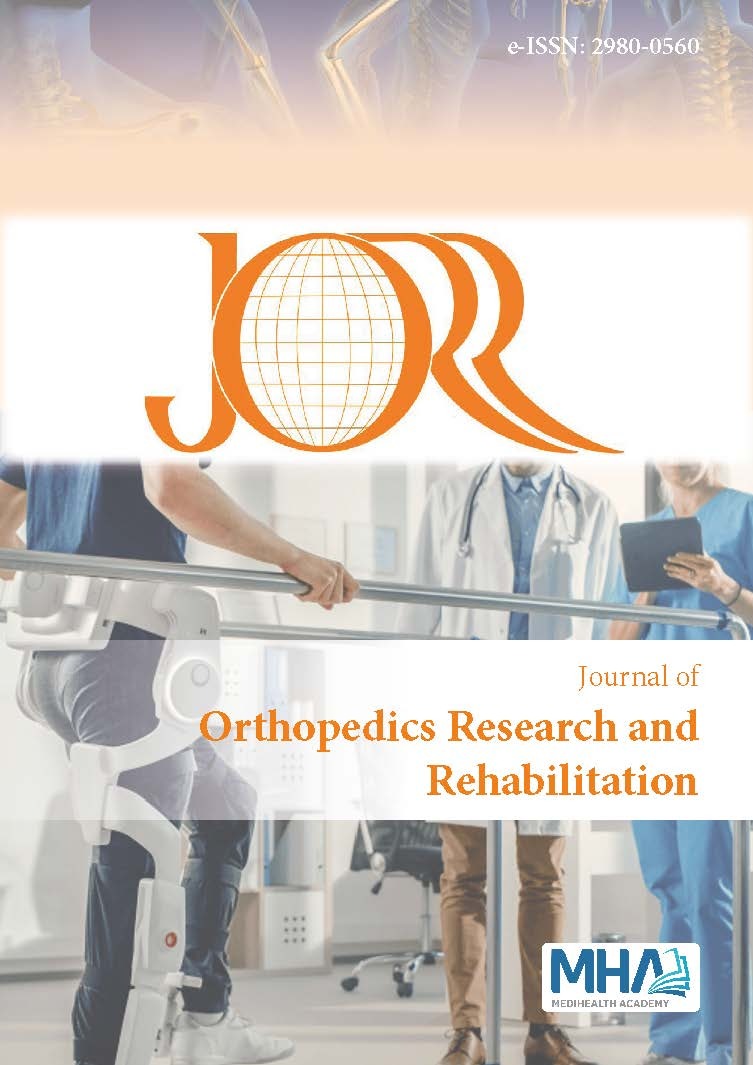1. Balboa-Castillo T, León-Muñoz LM, Graciani A, Rodríguez-Artalejo F, Guallar-Castillón P. Longitudinal association of physical activity and sedentary behaviour during leisure time with health-related quality of life in community-dwelling older adults. <em>Health Qual Life Outcomes.</em> 2011;9(47):1-10.
2. Guallar-Castillón P, Bayán-Bravo A, León-Muñoz LM, et al. The association of major patterns of physical activity, sedentary behavior and sleep with health-related quality of life: a cohort study. <em>Prev Med</em>. 2014;67:248-254.
3. Sofi F, Capalbo A, Cesari F, Abbate R, Gensini GF. Physical activity during leisure time and primary prevention of coronary heart disease: an updated meta-analysis of cohort studies. <em>Eur J Cardiovasc Prev Rehabil</em>. 2008;15(3):247-257.
4. Astrup A. Healthy lifestyles in Europe: prevention of obesity and type II diabetes by diet and physical activity. <em>Public Health Nutr</em>. 2001;4(2B): 499-515.
5. Kruk J, Aboul-Enein HY. Physical activity in the prevention of cancer. <em>Asian Pac J Cancer Prev</em>. 2006;7(1):11-21.
6. Brill PA, Macera CA, Davis DR, Blair SN, Gordon N. Muscular strength and physical function.<em>Med Sci Sports Exerc</em>. 2000;32(2):412-416.
7. Ströhle A. Physical activity, exercise, depression and anxiety disorders.<em>J Neural Transm (Vienna)</em>. 2009;116(6):777-784.
8. Tınar MY. Çalışma yaşamı ve kişilik. <em>Mercek Derg</em>. 1999;14:93-97.
9. Eysenck SB, Eysenck HJ, Barrett P. A revised version of the psychoticism scale. <em>Personal Individ Differ</em>. 1985;6(1):21-29.
10. Karanci N, Dirik G, Yorulmaz O. Reliability and validity studies of Turkish translation of eysenck personality questionnaire revised-abbreviated. <em>Turk Psikiyatri Derg</em>. 2007;18(3):254-261.
11. Wilson KE, Dishman RK. Personality and physical activity: A systematic review and meta-analysis. <em>Personal Individ Differ</em>. 2015;72: 230-242.
12. Müller C. Personality traits and physical activity: insights from German University students. <em>Eur J Invest Health Psychol Edu</em>. 2023;13(8):1423-1440.
13. Yusuf A, Adi AC, Putra MBA. Type of personality, food consumption and physical activity levels as determinants of overweight and obesity among urban adolescents. <em>Health Notions</em>. 2018;2(5):525-530.
14. Saglam M, Arikan H, Savci S, et al. International physical activity questionnaire: reliability and validity of the Turkish version. <em>Perceptual Motor Skills</em>. 2010;111(1):278-284.
15. Elbasan B, Düzgün İ. Fiziksel aktivite skalaları-kanıta dayalı fiziksel aktivite.<em> J Physiother Rehabil-Special Topics</em>. 2016;2(1):36-39.
16. Francis LJ, Brown LB, Philipchalk R. The development of an abbreviated form of the Revised Eysenck Personality Questionnaire (EPQR-A): Its use among students in England, Canada, the USA and Australia. <em>Personal Individ Differ</em>. 1992;13(4):443-449.
17. Curtin F, Schulz P. Multiple correlations and Bonferroni’s correction. <em>Biol Psych</em>. 1998;44(8):775-777.
18. Schober P, Boer C, Schwarte LA. Correlation coefficients: appropriate use and interpretation. <em>Anesthesia Analgesia</em>. 2018;126(5):1763-1768.
19. Sutin AR, Stephan Y, Luchetti M, Artese A, Oshio A, Terracciano A. The five-factor model of personality and physical inactivity: A meta-analysis of 16 samples. <em>J Res Personal</em>. 2016;63:22-28.
20. Gacek M, Kosiba G, Wojtowicz A, López Sánchez GF, Szalewski J. Personality-related determinants of physical activity among polish and Spanish physical education students. <em>Frontiers Psychol</em>. 2022;12:792195.
21. Rhodes RE, Smith N. Personality correlates of physical activity: a review and meta-analysis. <em>Br J Sports Med</em>. 2006;40(12):958-965.
22. Kirkcaldy B, Furnham A. Extraversion, neuroticism, psychoticism and recreational choice. <em>Personal Individ Differ</em>. 1991;12(7):737-745.
23. Arai Y, Hisamichi S. Self-reported exercise frequency and personality: a population-based study in Japan. <em>Perceptual Motor Skills</em>. 1998;87 (3 suppl):1371-1375.
24. Kgokong D, Parker R. Physical activity in physiotherapy students: Levels of physical activity and perceived benefits and barriers to exercise. <em>South African J Physiother</em>. 2020;76(1):1399.
25. Triastuti N, Jayadiputra AS. The influence of social support, self-efficacy, physical activity, and personality type on stress levels among university students: a cross-sectional study. <em>J Med Chemical Sci</em>. 2024;7: 886-896.

